Feijoa
Feijoa fruit is a delicious fruit with lot of health benefits in it. The fruit finds its use in culinary delight in many ways. The yummy, egg-shaped fruit is grown in many parts of the world and is very popular for its taste and nutrition content. It is also commonly known as pineapple guava.
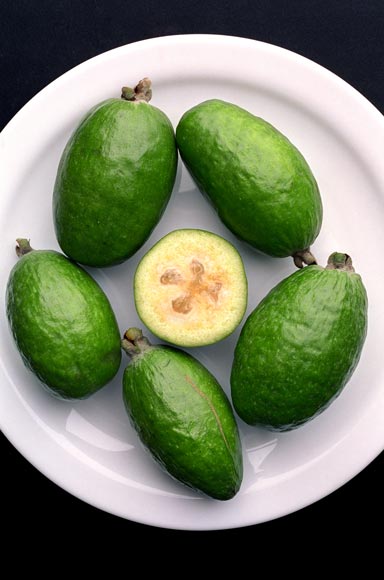
Feijoa
Table Of Content
Feijoa Distribution
Feijoa originally belongs to Argentina, Paraguay, Uruguay, and Brazil. But nowadays the fruit is also grown in Australia, Chile, Bahamas, France, Israel, India, Jamaica, Italy, Portugal, New Zealand, Spain, Russian Federation, United Kingdom, Switzerland, and United States of America.
Feijoa Scientific Name
Scientific name of Feijoa is Acca sellowiano.
Feijoa Description
Looks: Feijoa fruit looks like one of the jackfruit family species. The best ones are those which have no bruises on the skin of the fruit and even coloured all over.
Taste: Feijoa tastes quite like the guava with a tinge of strawberries tangy sweetness, minty fresh, and pineapple juicy.
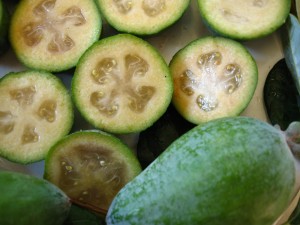 Picture 1 – Feijoa Picture
Picture 1 – Feijoa Picture
Source – blog.daleysfruit.com.au
Feijoa Fruit
Feijoa is a pulpy and juicy fruit. It is of a chicken egg’s size and is of ellipsoid shape. The fruits mature during autumn. It has a sweet aroma and sour-sweet taste. The fruit pulp is opaque near the fruit-skin and the inner apart of the pulp is glutinous with seeds.
Feijoa is also commonly called pineapple guava since it resembles to a guava in looks and the pulp tastes like a pineapple.
Feijoa Seeds
Seeds of the Feijoa fruit is usually not consumed separately, but also not thrown away. The seeds are often used as natural body scrub and exfoliating agent.
Feijoa Plant
Feijoa plants usually grow about 15ft tall. The leaves are rectangular in shape. Bark of this tree is greenish grey. The plants bear very sweet smelling beautiful white flowers. These plants need partly sunlight and partly shade to keep them away from the heat. These plants are frost tolerant, though the fruits are not.
Feijoa Nutritional Value
Feijoa is a very nutritious fruit. Know the nutrition content in every 100gm of a Feijoa fruit from the chart below:
- Protein: 0.3mg
- Fat: 0.2mg
- Sodium: 1mg
- Carbohydrate: 3mg
- Calcium: 4.8mg
- Potassium: 44mg
- Sugar: 2.7mg
- Calories: 14
- Dietary Fibre: 0.6g
Feijoa varieties
There are five varieties of feijoa fruit known as of yet.
- Feijoa Apollo
- Feijoa Opal Star
- Feijoa Gemini
- Feijoa Pounamu
- Feijoa Kakapo
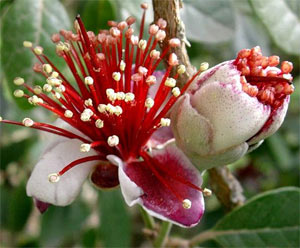 Picture 2 – Feijoa Flowers
Picture 2 – Feijoa Flowers
Source – garden-nz.co.nz
Feijoa Health Benefits
Feijoa is a very nutritious and useful fruit. It makes a very healthy diet. Count the health benefits of feijoa
- It induces a better function of the intestine.
- Feijoa balances the body pH, being highly alkaline in composition.
- This fruit helps maintaining blood pressure, being high in potassium content.
- Feijoa is rich in Vitamin C, which helps improving the body immunity against common cold and seasonal allergies.
- The fruit in rich in folic acid and Vitamin B complex. Eating one feijoa fruit a day supplies around 10% of an adult’s daily nutrition need.
- It is rich in dietary fibre and thus provides good amount of fibre that the body needs, maintaining a healthy metabolism.
Feijoa Facts
Feijoa fruit is a very nutritious fruit. The fruit is very useful also in maintaining a beauty regime. Let us find out some useful and interesting facts about the fruit below:
- Feijoa fruit is full of Vitamin C.
- The fruit contains 40callories in every 4ounces of it.
- Consumption of this fruit lowers chances of cancer.
- Pulp of feijoa fruit works as a very good natural exfoliating agent, given its citrus nature and scrubby seed feeling.
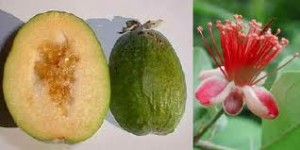 Picture 3 – Feijoa Photo
Picture 3 – Feijoa Photo
Source – agraria.org
Feijoa Uses
Feijoa fruit finds its place in kitchen, dining table, and also in the dressing unit. Find out its different uses below:
Culinary Uses
- It is a very delicious fruit. Pulp of the fruit is eaten y scooping it out from within the skin.
- For the sweet aroma of the pulp of feijoa it is used in smoothie and even as a flavour in pie, cakes, ice-creams, yogurt, and cookies.
- Dried feijoa is cooked in stew and even curry. It makes a great side dish.
- It is a common ingredient for chutneys and pickles.
- Feijoa wine, or feijoa juice tinctured in vodka, gin, or other cocktails and mocktails make a great appetizing and yummy drink.
- Feijos is also used in fruit salad and other deserts.
Medicinal Uses
- Because of the high Vitamin C content in feijoa, it is often used as a kitchen remedy to cure common cold, and fever.
- The fruit is suggested to be consumed by people suffering from blood pressure irregularity. It helps in regularizing the blood pressure.
- It is said that regular consumption of feijoa prevents from cancer.
Personal Care Uses
- Fiejoa extract is used in many personal care products because of its nutrient contents.
- Pulp of feijoa with the seeds is used as a natural exfoliant on skin.
Feijoa Growing Conditions
Soil : Feijoa does better in organic soil. The fruit plant has been observed to do best in soil that is good in pH of 6.2 in it.
Drainage: The plant does not need much of watering. Water it only when the soil surface gets dry. Proper drainage is very important for feijoa shrubs. It is drought resistant but cannot tolerate standing water.
Climate: Feijoa requires low humidity, partial sun, and partial shade. It can tolerate it needs an annual rainfall of 762mm to 1016mm. The plant can tolerate lower temperature about 12degrees to 15degrees F.
Sowing: Sow the feijoa seeds in a hole that is of equal depth of the root ball, twice of its size in width. Water the soil moist and then sow the seeds.
Fertilizer: The plant do not need fertilizer for its survival, but providing some from time to time increases the fruit production rate and enhances taste of the fruit also.
Pruning: Pruning the fruits delicately from the plant after harvest accelerates fruit productivity. The dead branches need to be removed regularly to make it look good and it is proven that well maintained plants bore better fruits than others.
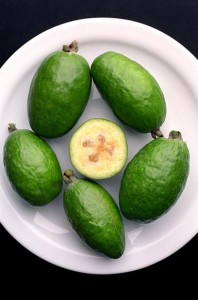 Picture 4 – Feijoa Image
Picture 4 – Feijoa Image
Source – teara.govt.nz
Feijoa Side Effects
There no side effect reported as of yet of consuming feijoa internally or externally. People who are allergic to Vitamin C should avoid the fruit though.
Reference:
http://www.hort.purdue.edu/newcrop/morton/feijoa.html
http://www.fruitsinfo.com/Feijoa-Exotic-fruits.php
- by anwiksha
- August 20th 2011

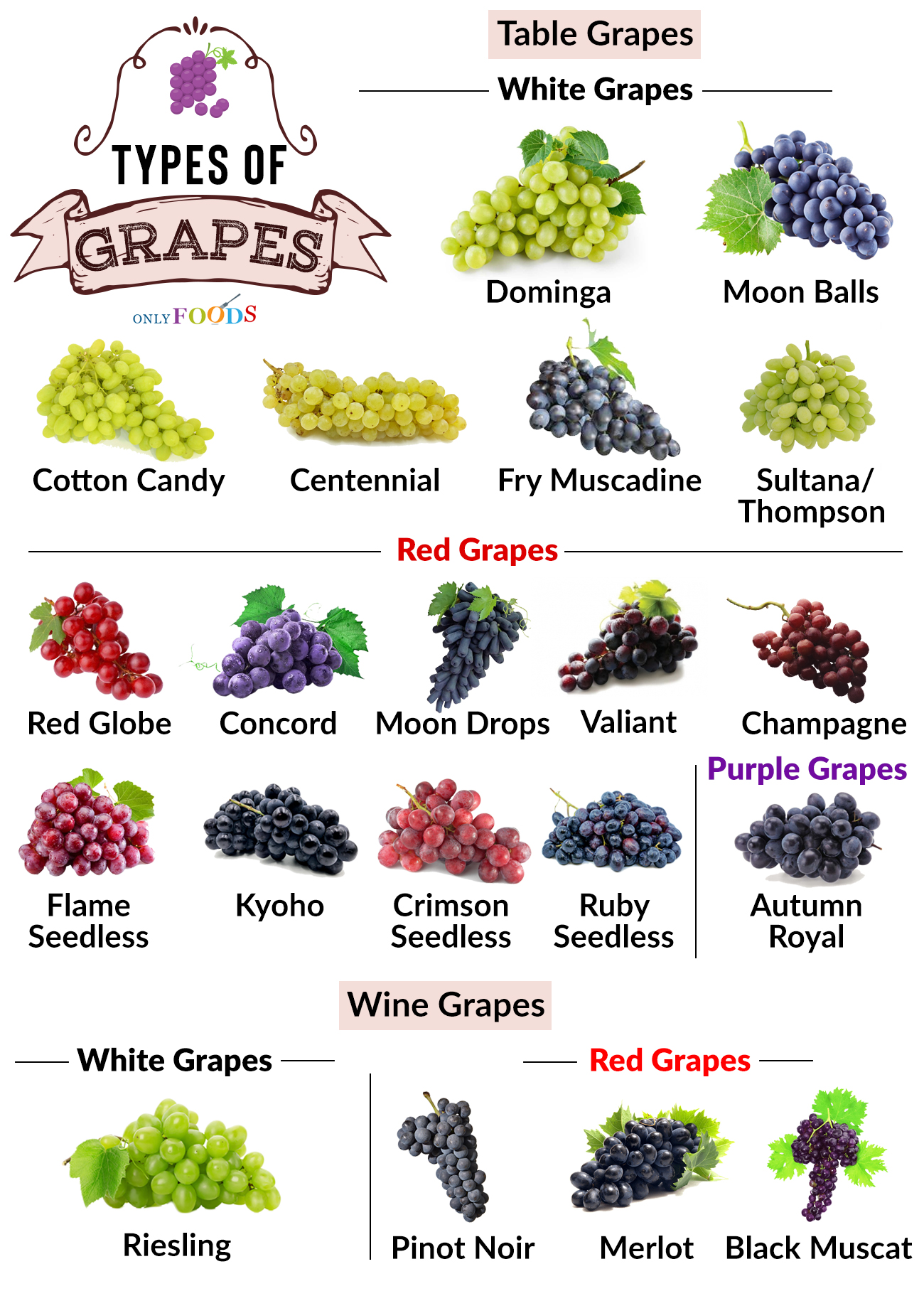
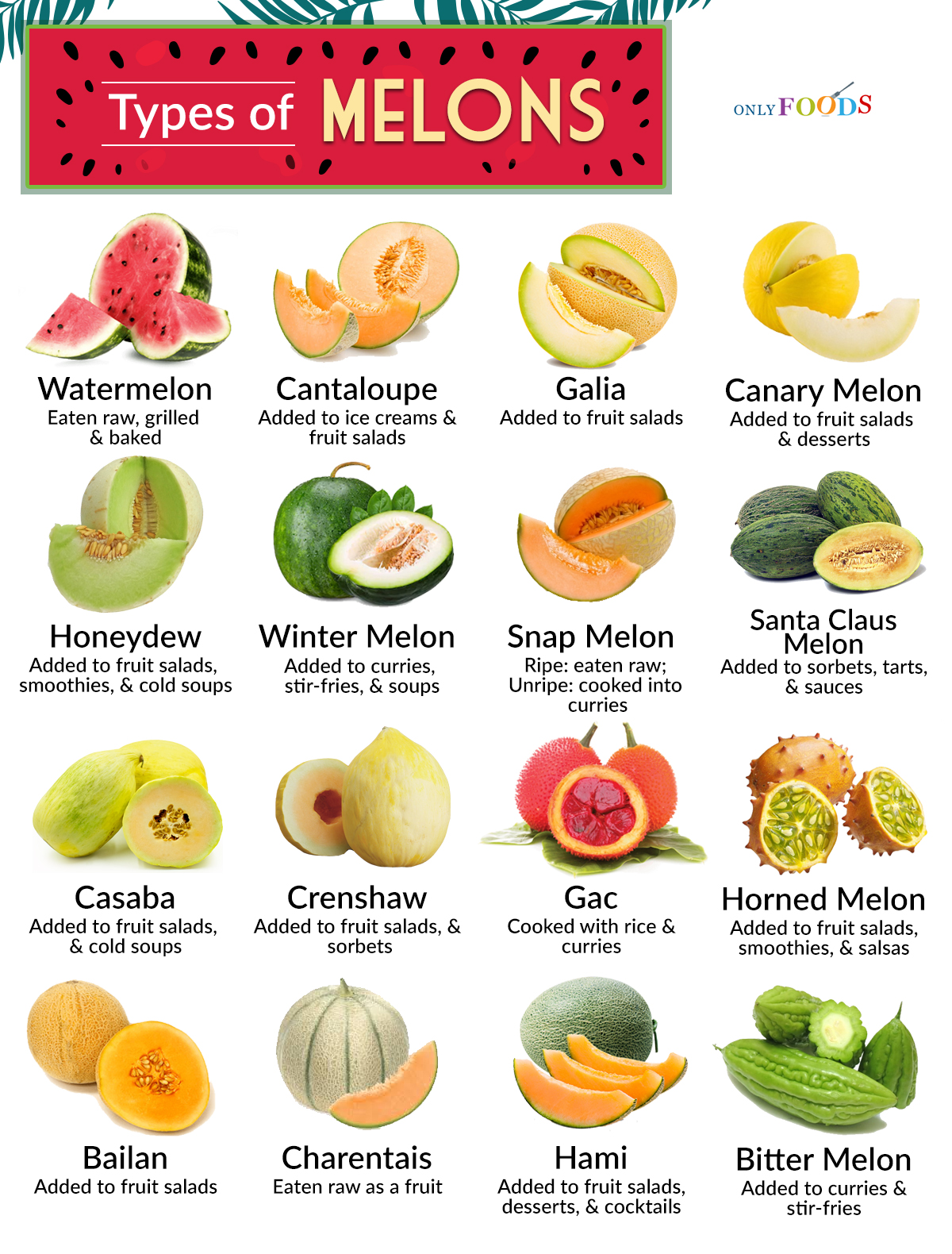
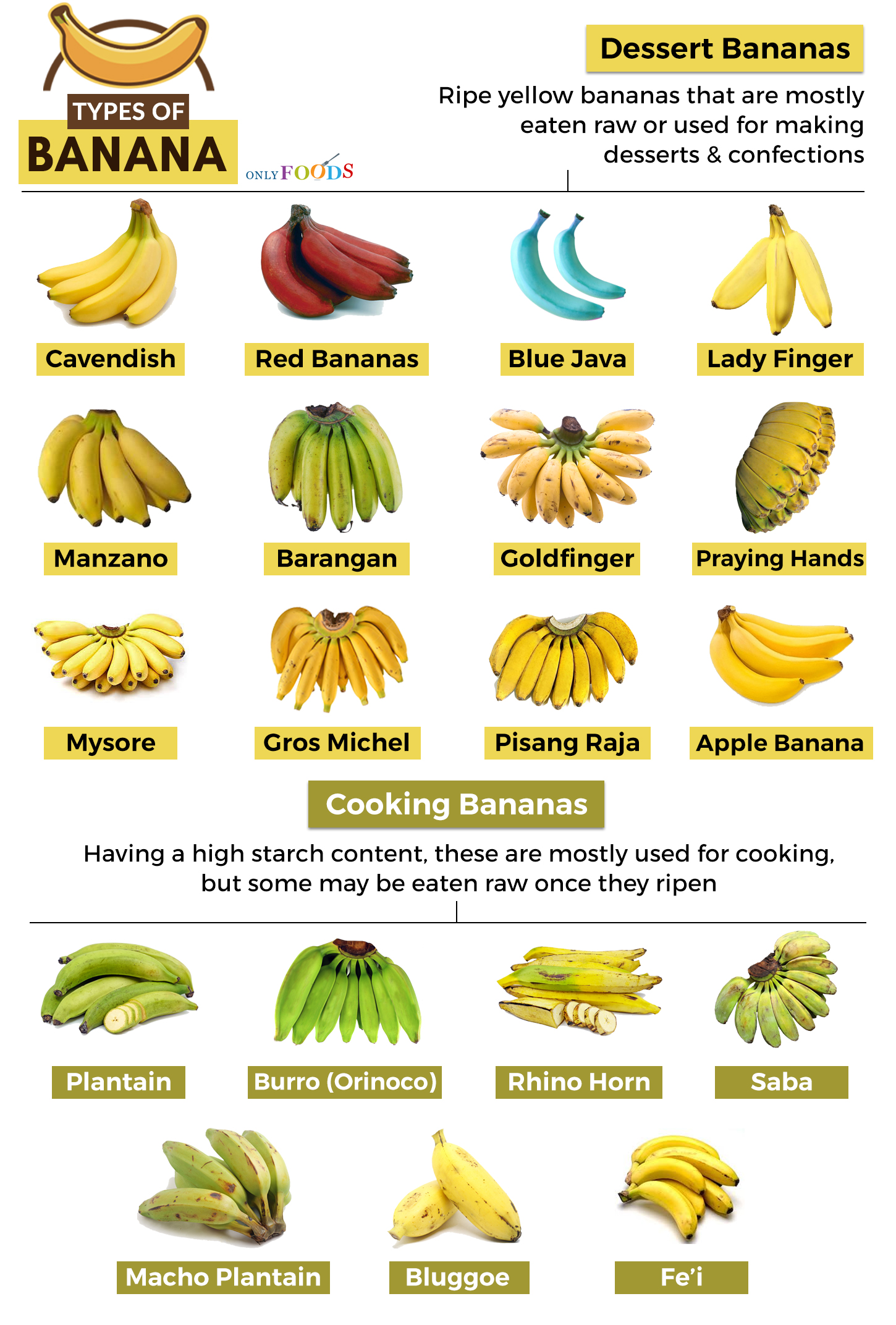
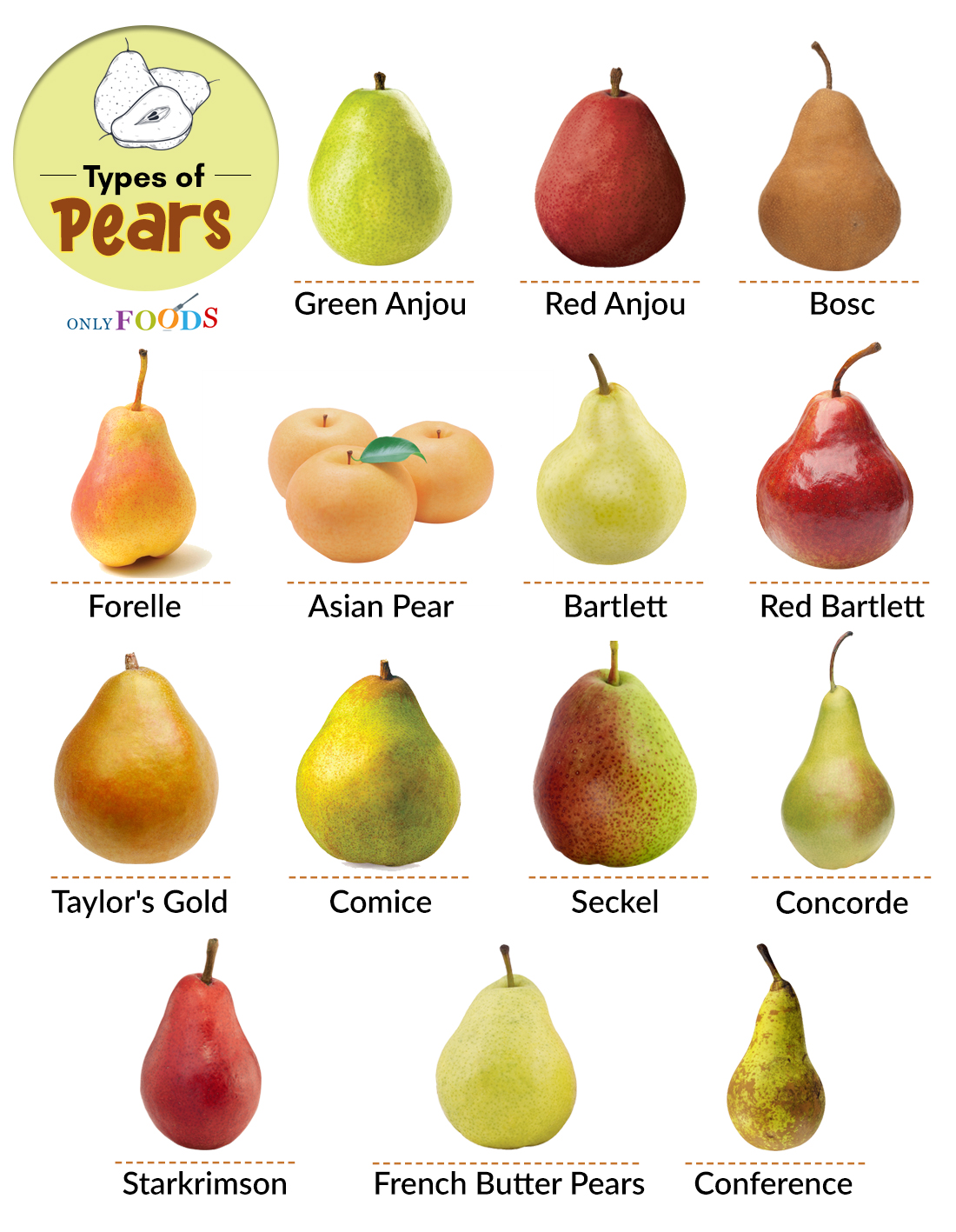
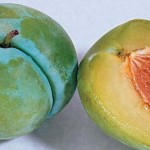
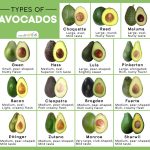
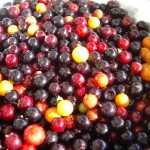
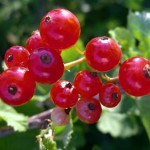
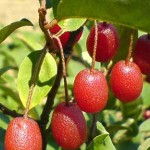

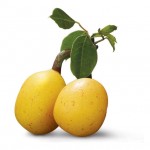
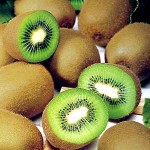
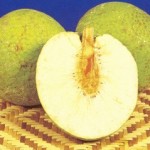






Leave a Reply